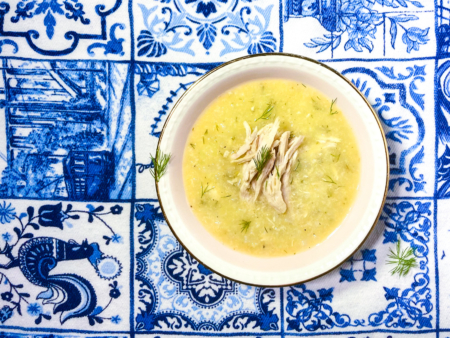Jaggery is a kind of sugar obtained from concentrated sugarcane juice. Read on to learn more about jaggery, some amazing recipes to prepare with jaggery, and why it’s the best substitute for refined sugar.
What is Jaggery?
Jaggery, a form of unrefined and non-centrifugal cane sugar, is a popular sweetener in the Indian subcontinent, Southeast Asia, and East Africa. It’s a concentrated sugarcane juice that’s solidified into semi-hard blocks and contains some minerals and vitamins, unlike refined sugar. Besides the sugarcane juice, palm sap, and coconut sap are also leveraged into jaggery production, depending on the region. For Instance, Sri Lankan jaggery is prepared from Kithul palm sap, while Myanmar jaggery utilizes toddy palm sap. However, cane jaggery is the most popular in India, Southeast Asia, and Latin America.
How Is Jaggery Made?
Jaggery is prepared from freshly extracted cane juice or palm sap that is clarified in large containers. The liquid sits long enough so that impurities settle to the bottom of the container and are then removed. The cane juice is then boiled in enormous pans, with constant stirring until two-thirds of the liquid is evaporated and a yellow sticky paste appears. While boiling, lemon juice is added to bring impurities (typically wood particles or fibers) to the top of the pan so that they can be skimmed off. The thickened paste is molded into blocks and cooled down. The finished golden-brown rocks are called jaggery.
Flavor of Jaggery
Jaggery offers a pleasant sweetness similar to caramel combined with a slight bitterness like that of molasses. However, jaggery is not as sweet as refined sugar, so it takes more jaggery to attain the same level of sweetness in recipes that call for refined sugar. The texture of jaggery varies from soft to hard and it’s easily available in large blocks, smaller chunks, and even powdered forms. Jaggery gives a melt-in-the-mouth feel much like sugar that’s coupled with a mild, hearty chew.
Uses of Jaggery

Jaggery is commonly used in South Asian cuisine to prepare sweet, spicy, and savory dishes. Most of the sweet desserts in Indian cuisine feature jaggery, nuts, and ghee including halva, laddu, peanut brittle, jaggery pudding, kheer, jaggery roti, and jaggery rice with roasted nuts. Besides these traditional Indian confections, jaggery is used to prepare cakes, pancakes, muffins, cookies, and pies for a caramel-like sweetness. Our recipes for Cinnamon Crumb Coffee Cake and Chia Seed Banana Oatmeal can be prepared with jaggery as a healthier, and more flavorful alternative to sugar.
Intriguingly, jaggery is also added to curries, dal (lentil stew), roasted meat, and stir-fries for a savory-sweet punch. You can try our recipes for Spicy Coconut Pork, Shrimp Pad Thai, Sweet and Sour Pork Chops, Sweet and Spicy Pork Tenderloin with a jaggery twist. Moreover, jaggery is leveraged into refreshing drinks like jaggery lemonade, cocktails, and mocktails. A popular South Asian drink Shakar cola is prepared from mixing water with jaggery, chia seeds, and lots of ice.
In many regions of the world, jaggery is considered a confection on its own, which’s best enjoyed with hot coffee or tea. Jaggery is gradually gaining attention even outside South Asia owing to its health benefits over refined sugar. Jaggery not only contains natural ingredients but contains nutrients and vitamins in trace amounts, making it a healthier alternative to refined sugar if taken in moderation.
Feature Image: Flicker user Giridhar Appaji Nag Y ( CC BY 2.0 )



